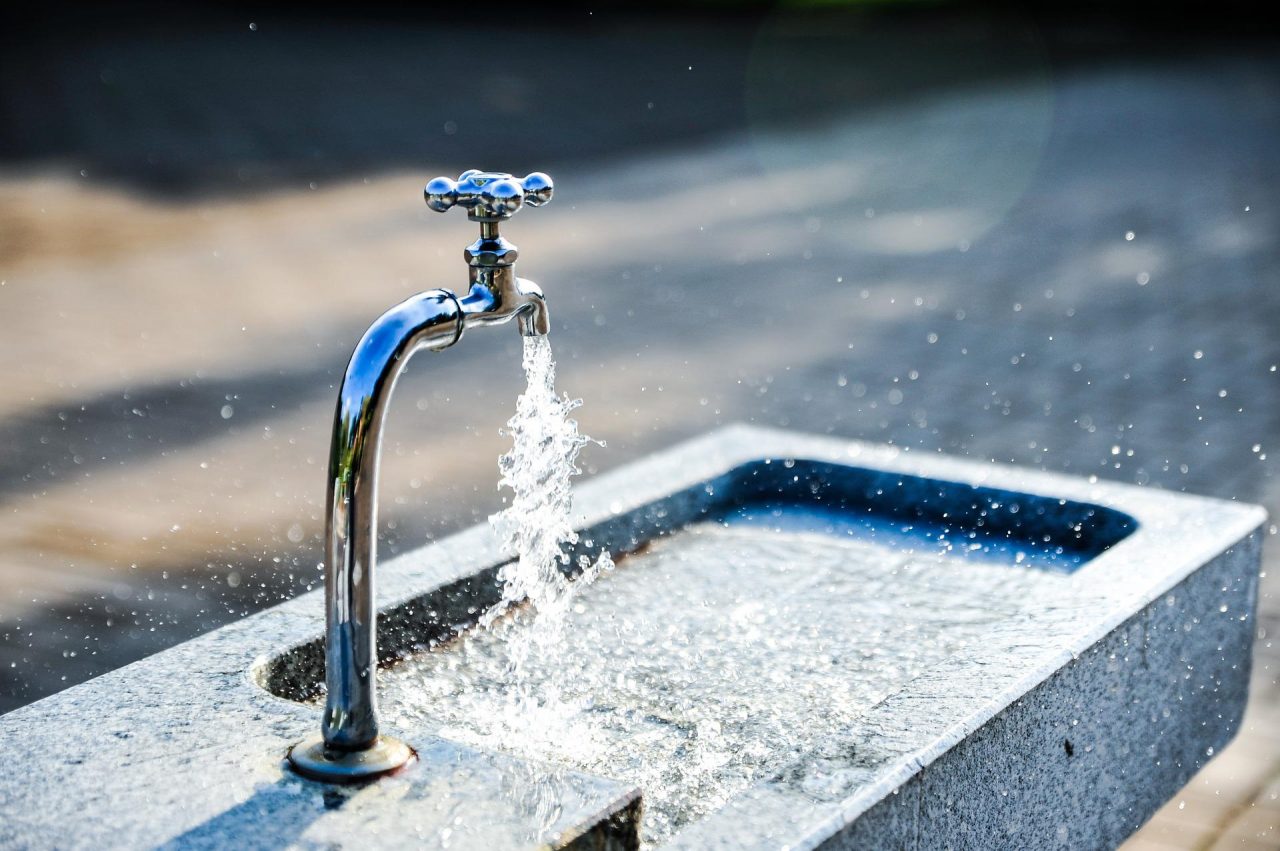Last week, my to-do list hit me with one of those reminders that makes you just sigh:
“Descale Coffee Machine.”
Not exactly glamorous, but apparently adulthood means penciling in quality time with your kettle and coffee maker. So, armed with a bottle of descaling liquid, a jug to catch the runoff, and a podcast queue long enough to outlast the whole ordeal, I got to work.
But here’s the fun part: descaling isn’t just about saving your coffee from tasting weird or keeping your appliances alive a little longer. That hard, chalky, white crust we call limescale isn’t just ugly on faucets and tiles — it’s the byproduct of fascinating reactions between heat, water, and minerals.
Once you understand what’s really going on behind those chalky white stains, you stop seeing limescale as just an annoying crust to scrub off. It’s basically a chemistry demo happening in your sink, kettle, or coffee machine — and the more you know, the better you can prevent it, fight it, and even save your appliances from an early retirement.
So, let’s zoom in on how limescale actually forms, starting from something as ordinary as the water coming out of your tap.
Limescale Formation
To crack the mystery of limescale, we have to start with the water running out of your tap. Not all water is created equal — some is “soft” and easygoing, while some is “hard” and packed with minerals. The main culprits are calcium and magnesium, though iron, aluminum, and manganese sometimes tag along too.
Where do they come from? As rainwater trickles through soil and rocks, it picks up minerals along the way. By the time it settles underground — in aquifers that actually make up about 97% of all freshwater worldwide — the water is often brimming with these dissolved minerals. That’s the very same water filling your glass, your pipes, and yes, your coffee machine.
Now, here’s where the mischief happens. When that mineral-rich water dries on your sink, faucet, or shower glass, it leaves behind tiny souvenirs of its underground journey: salts, gypsum, and most annoyingly, limescale. Of these, limescale (calcium carbonate) is the real troublemaker because it stubbornly refuses to rinse away.
Inside appliances like kettles or coffee machines, the process gets even spicier. Heat gives the dissolved minerals a nudge: bicarbonate ions break down into carbonate ions, carbon dioxide, and water. When the water cools, those carbonate ions happily pair up with calcium and magnesium, forming solid crystals — the hard, chalky stuff that clings to your machine’s innards.
Now that we’ve seen how limescale sets up shop, the natural next question is: how do we persuade it to leave? Luckily, chemistry offers a quite straightforward answer.
Limescale Removal
The key lies in the pH of the substances involved. In the case of limescale (pH 9.91), acids (pH < 7) can be used to break it down through neutralization, where an acid and a base react to form water and salts.
Against limescale, one can use something strong like hydrochloric acid (pH 3.01) in toilets and on resistant surfaces. However, appliances like coffee machines and kettles will require the use of descaling agents with components like citric acid (pH 3.24), lactic acid (pH 3.51), or formic acid (pH 3.47).
Soap scum (pH > 8), a result of the reaction of calcium and magnesium with soap, can be removed with acids too.
Proceed with caution when you use your acids, though. The reaction of limescale and acids can release irritating compounds. For instance, if you use hydrochloric acid to clean limescale, the reaction will produce water, carbon dioxide, and calcium chloride. While calcium chloride is non-toxic in small quantities, it can irritate moist skin, so wear gloves while you do this. As a general rule, always use some kind of protection while using cleaning products. Read the instructions and, no matter how good you think you are with chemicals, don’t go into full alchemist mode trying to mix things up.
All in all…
…understanding how limescale forms — and how to break it down — is more than just a cleaning tip. It’s a reminder of how chemistry quietly shapes our everyday lives. A bit of curiosity and knowledge can go a long way: helping us prevent problems, protect our appliances, and make daily life run a little more smoothly — with fewer chalky surprises.
Further Reading & Sources
Hard Water – LibreTexts
An overview of hard water, detailing the common ions involved and their effects.
Read moreGroundwater Use in the United States – USGS
Insights into the significance of groundwater as a natural resource and its various uses across the U.S.
Learn moreThe Rock Cycle – Geological Society of London
An educational resource explaining the processes that form and transform rocks over geological time.
Explore the cycleThe Chemistry of Limescale – Compound Interest
A breakdown of how limescale forms, its chemical composition, and its impact on household appliances.
Discover moreCarbonate Chemistry – Science Learning Hub
An introduction to the chemical properties of carbonates, focusing on calcium carbonate and its role in various processes.
Dive into chemistryNeutralization Reactions – LibreTexts
A guide to understanding acid-base reactions and how they result in the formation of water and salts.
Learn the basics
